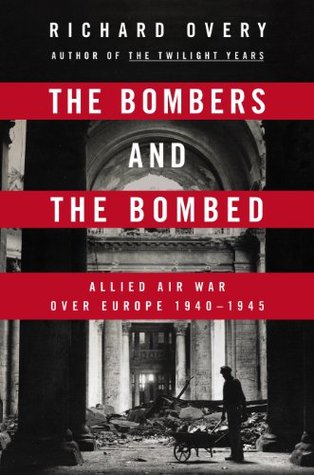One reason why the RAF stuck with the idea that a powerful striking force of bombers would be the most effective way to exploit the potential of airpower can be found in the nature of the combat experience enjoyed by British airmen in the interwar years. Instead of drawing lessons from the Spanish Civil War about the advantages of close-support aviation and air superiority, which was the conclusion drawn by most other air forces, RAF doctrine was mainly informed by the experience of what was called air policing in the empire or Afghanistan.54 The use of aircraft to enforce local control
One reason why the RAF stuck with the idea that a powerful striking force of bombers would be the most effective way to exploit the potential of airpower can be found in the nature of the combat experience enjoyed by British airmen in the interwar years. Instead of drawing lessons from the Spanish Civil War about the advantages of close-support aviation and air superiority, which was the conclusion drawn by most other air forces, RAF doctrine was mainly informed by the experience of what was called air policing in the empire or Afghanistan.54 The use of aircraft to enforce local control against rebel tribes and tribesmen (described in the Manual as war against “semi-civilised peoples”) was taken as a paradigm to explain what might happen if a civilized state was subjected to a heavier level of bombing. Even tribal communities, it was argued, had vital centers that governed their existence; target intelligence on those centers would allow the small light bombers allocated to the operation to destroy them and, in doing so, to compel compliance from unruly subjects. John Slessor, director of plans in the Air Ministry in the late 1930s, gave a brutally frank description in his memoirs of why air policing worked: “Whether the offender concerned was an Indian Frontier tribesman, a nomad Arab of the northern deserts, a Morelli slaver on the border of Kenya, or a web-footed savage of the swamps of the southern Sudan, there are almost always some essentials without which he cannot ...
...more
This highlight has been truncated due to consecutive passage length restrictions.


